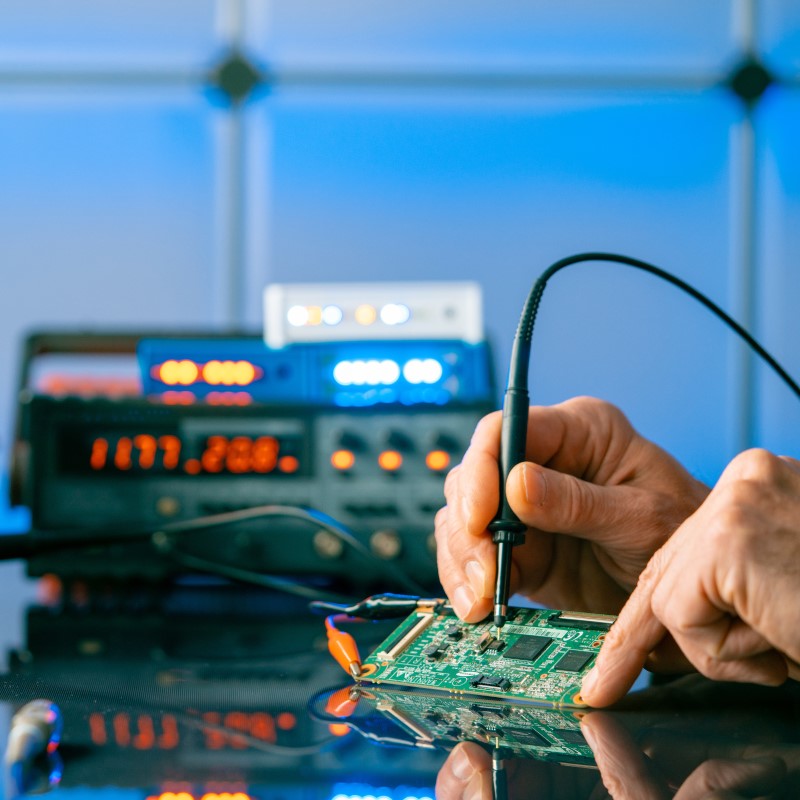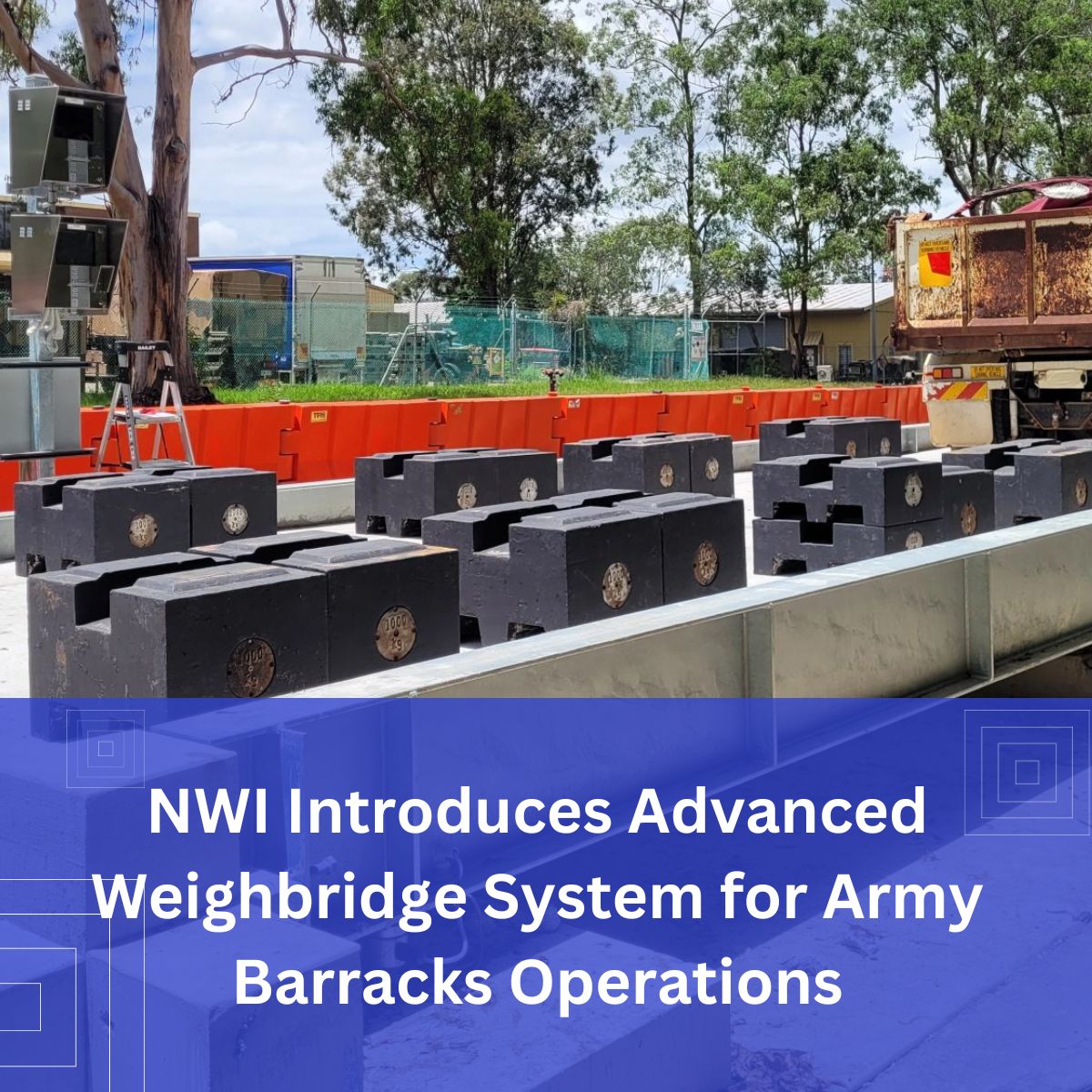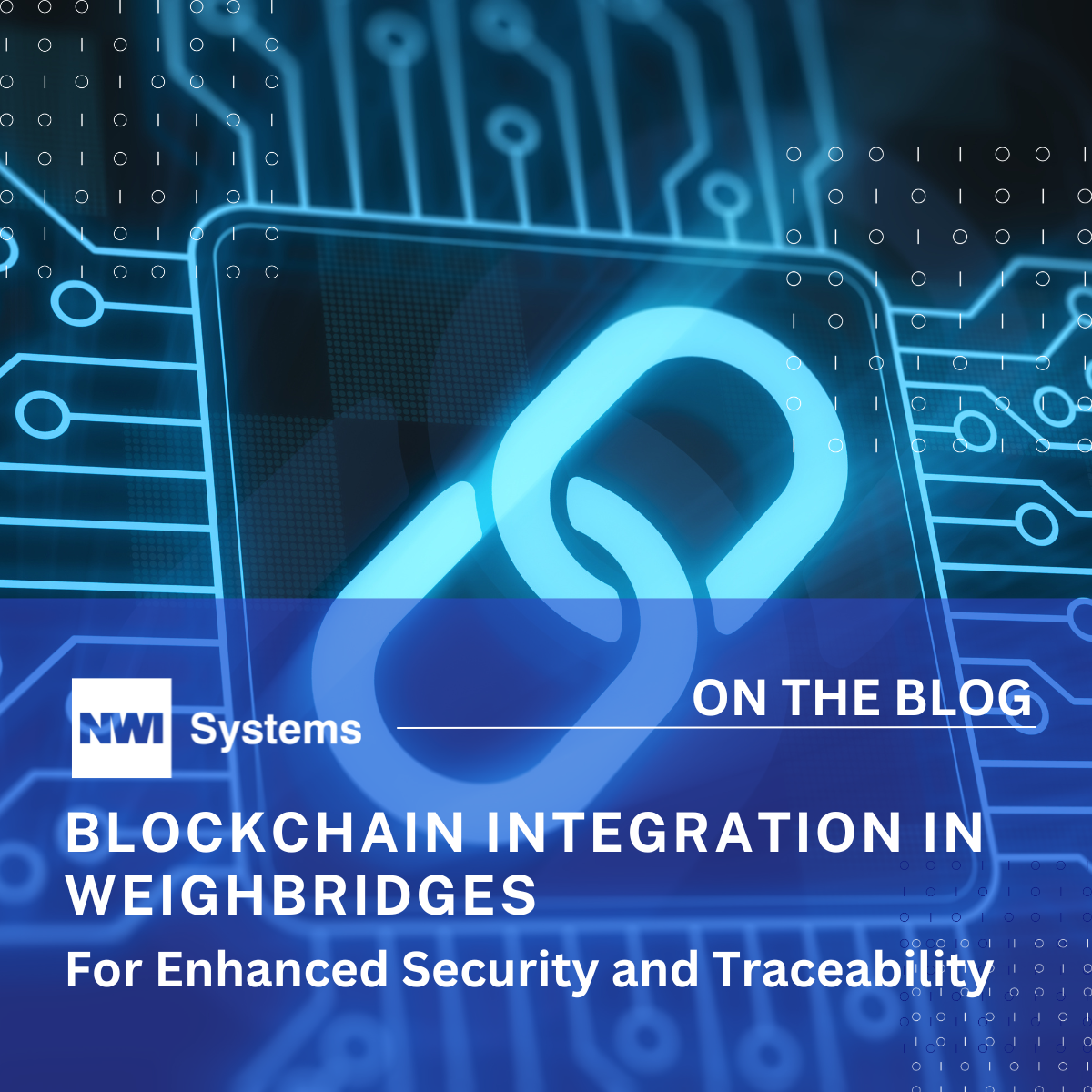Troubleshooting Advanced Load Cells
Load cells are a crucial part of any electronic weighing system. They’re used in many weighing applications, from the smallest set of kitchen scales to large weighbridges. While they are all different, they all face common problems that can be identified when you know what you’re looking for.
What are load cells?
Load cells are sensors that can be found in all electronic weighing devices. Effectively. They are a force transducer. This means they can convert forces such as pressure, tension, compression and torque into an electronic signal that can be measured easily. There are several different types of load cells, including:
- Single point load cells
- S-Type load cells
- Tension/compression load cells
- Miniature load cells
- Shear beam and bending beam load cells
All of them have different uses and applications, so it’s important to choose the right one for your intended application.
Common causes of load cell malfunction
Like any piece of technology, load cells aren’t immune to faults. For that reason, it’s important to understand the different reasons behind load cell failure before you think about fixing them. Load cells are usually part of a precision instrument, so it’s important they are working optimally to achieve accurate readings. Here are some of the common causes of load cell malfunction:
- Shock and deformation (usually caused by overloading the scale)
- Ingress of chemicals or moisture
- Damage caused by impact or improper use
- Electrical surges
The causes above can lead to all manner of failures in a load cell, such as inconsistent readings, difficulties with calibration and even weights not registering at all. When you’re dealing with precision, it’s crucial that all of your equipment is tested, calibrated and working correctly.
Conduct tests to determine the problem
The underlying problem with a load cell may not be instantly obvious, which is why you can conduct further tests. Naturally, in the first instance, you should be checking for any obvious damage. Then, ensure there are no loose connections or damaged cables. If you can’t see any of these more visible issues, it’s time to start testing more thoroughly.
Resistance testing
The most common type of load cell troubleshooting test is to obtain a resistance reading. Using a voltmeter, you can check each load cell individually and determine if there’s a problem with the circuitry.
Millivolt return
The millivolt return test is similar and involves connecting a voltmeter to check the plus and minus signals of your load cell.
Tap test
Believe it or not, tapping a load cell can be an effective way of identifying a problem. Using a screwdriver, or another item that isn’t too heavy, tap lightly on the load cell and check the display. If you notice large jumps in the reading when you tap, it could signify a loose component inside the load cell.
Leak test
This involves twisting the wires together with a megohmmeter. One lead connects to the cell body, and the other connects to the wire bundle. When this is done, the reading should be different from the meter. If not, you could have water or moisture ingress.
Delta weight/signal test
Slightly more complex, here you are measuring the difference in millivolt readings for changes in weight. You might take an initial reading with no weight on the cell, and then another with a certain amount of weight. You can then check the difference in values.
For professional testing and calibration of your precision load cells and other weighing instruments, contact the team at NWI Group. We’ll ensure that your systems are performing correctly.











